Home>Garden Essentials>What Should Be Done For Lighting In A Play Area
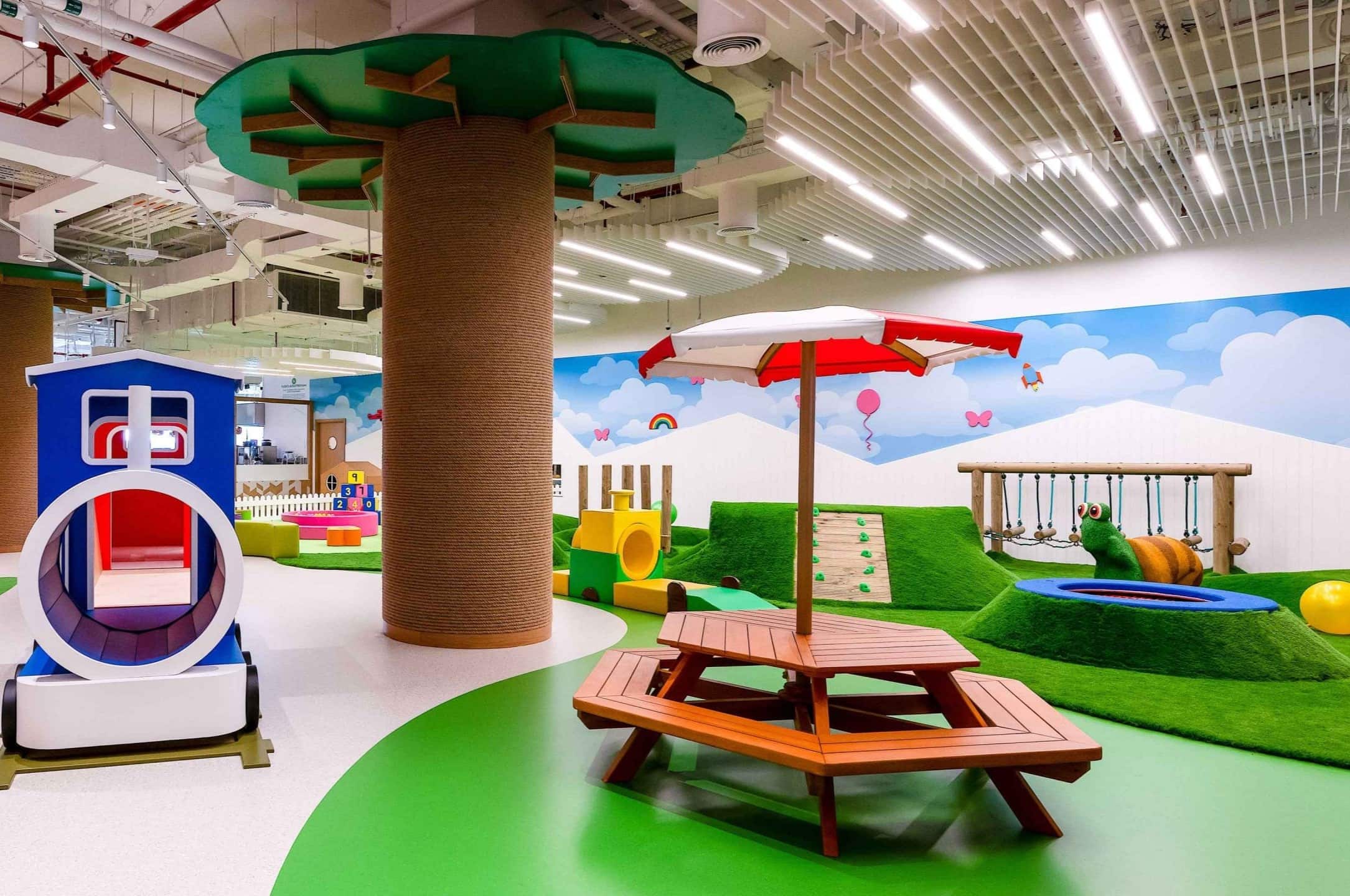

Garden Essentials
What Should Be Done For Lighting In A Play Area
Modified: March 7, 2024
Discover how to create the perfect garden lighting for your play area. Find tips and ideas to enhance safety and ambiance. Start transforming your garden today!
(Many of the links in this article redirect to a specific reviewed product. Your purchase of these products through affiliate links helps to generate commission for Storables.com, at no extra cost. Learn more)
Introduction
Welcome to the world of play areas, where children’s laughter fills the air and imaginations run wild! Creating a safe and engaging environment for children to play and explore is of utmost importance. While the design and equipment in a play area are crucial, one element that often goes unnoticed is lighting.
Proper lighting in a play area not only enhances the visual appeal but also plays a significant role in ensuring the safety and well-being of children. From illuminating equipment and pathways to creating a welcoming ambiance, lighting sets the stage for an enjoyable and immersive play experience.
In this article, we will explore the importance of lighting in a play area and discuss various factors to consider when designing the lighting layout. We will also delve into different types of lighting fixtures suitable for play areas and provide safety guidelines to ensure a secure environment. Furthermore, we will touch upon energy efficiency, accessibility, and maintenance considerations to create a comprehensive guide for lighting in play areas.
So let’s step into the world of play and discover how the right lighting can make a difference in creating a magical play experience for children of all ages!
Key Takeaways:
- Lighting in play areas is crucial for safety, visibility, and creating a magical experience. Factors like age-appropriate lighting, energy efficiency, and accessibility ensure a fun and safe environment for all children.
- Choosing the right lighting fixtures, following safety guidelines, and maintaining the lighting system are essential for a vibrant and secure play area. By prioritizing these aspects, children can enjoy a safe and enchanting play experience.
Read more: What Should Be In The Dramatic Play Area
Importance of Lighting in a Play Area
Lighting plays a critical role in a play area, serving multiple purposes that contribute to the overall experience and safety of the children. Let’s explore why lighting is so important in a play area:
- Safety: One of the primary concerns in any play area is ensuring the safety of the children. Proper lighting helps minimize the risk of accidents by illuminating potential hazards such as steps, uneven surfaces, or obstacles. It enables children to navigate the play area with ease, reducing the chances of trips, falls, or collisions.
- Visibility: Good visibility is essential for both children and supervising adults. Adequate lighting allows parents and guardians to keep an eye on their children and ensure their well-being. It also enables children to see each other, promoting social interactions and a sense of community within the play area.
- Enhanced Play Experience: Lighting can transform a play area into a magical space. By strategically placing lights, incorporating different colors, and adjusting intensity, the ambiance of the play area can be enhanced. This creates a stimulating and immersive play experience for children, sparking their imagination and creativity.
- Extended Play Hours: With the right lighting, play areas can be enjoyed even during dusk or evening hours. This extends the playtime for children, giving them more opportunities to engage in physical activities and outdoor play. Moreover, well-lit play areas provide a safe environment for families to gather and enjoy outdoor activities after sunset.
- Visual Appeal: Lighting can add a touch of visual appeal to the play area, making it more inviting and attractive. Whether it’s highlighting certain architectural features, illuminating landscaping elements, or creating a captivating atmosphere, lighting has the power to enhance the overall aesthetics of the play area.
As we can see, lighting is not just a functional aspect of a play area but an integral part of creating a safe, enjoyable, and visually appealing space for children. In the next section, we will delve into the factors to consider when designing the lighting for a play area to optimize these benefits.
Factors to Consider for Lighting Design
Designing the lighting for a play area requires careful consideration of several factors to ensure optimal functionality and aesthetics. Here are some key factors to keep in mind when planning the lighting design:
- Safety Requirements: The safety of children should always be the top priority. Ensure that the lighting design meets all safety standards and guidelines. This includes proper illumination of pathways, play equipment, and potential hazards to minimize the risk of accidents.
- Age Group: Play areas cater to children of various age groups, and the lighting design should reflect this. Consider the different developmental stages and visual requirements of children of different ages. For example, younger children may benefit from softer lighting, while older children may need brighter illumination for more active play.
- Light Distribution: Aim for even distribution of light across the play area to avoid dark spots and shadows. This ensures better visibility for both children and supervising adults, reducing the chances of accidents or hidden obstacles.
- Color Temperature: The color temperature of the lighting can impact the overall ambiance and mood of the play area. Warmer color temperatures (around 2700K to 3000K) create a cozy and inviting atmosphere, while cooler color temperatures (around 4000K to 5000K) provide a brighter and more energetic feel. Consider the desired atmosphere and theme of the play area when selecting the color temperature.
- Control Systems: Implementing lighting control systems can offer flexibility and energy efficiency. For instance, using motion sensors or timers can automatically adjust the lighting levels based on occupancy, saving energy when the play area is not in use.
- Integration with Landscape Design: If the play area is located in an outdoor space, consider integrating lighting with the overall landscape design. This includes illuminating surrounding trees, plants, or architectural features to create a visually cohesive and harmonious environment.
- Sustainability: Opt for energy-efficient lighting fixtures such as LED lights to reduce energy consumption and minimize environmental impact. LED lights not only consume less energy but also have a longer lifespan, reducing maintenance and replacement costs.
By taking into account these factors, you can create a well-designed lighting system that meets the specific requirements of the play area while ensuring the safety, comfort, and enjoyment of the children. In the next section, we will explore different types of lighting fixtures suitable for play areas.
Types of Lighting Fixtures for Play Areas
Choosing the right lighting fixtures for a play area is crucial to achieve the desired illumination, atmosphere, and visual appeal. Here are some common types of lighting fixtures that work well in play areas:
- Floodlights: Floodlights are a popular choice for play areas as they provide broad, even illumination. They are often used to highlight large play structures, open areas, and sports courts. LED floodlights are energy-efficient and durable, making them an ideal choice for outdoor play areas.
- Area Lights: Area lights are typically mounted on poles or overhead structures and provide general ambient lighting. They can be strategically placed to illuminate pathways, seating areas, or play zones. Area lights come in various designs and can be customizable to blend seamlessly with the overall aesthetics of the play area.
- Spotlights: Spotlights are perfect for highlighting specific features or play equipment. They can add a touch of drama and focus attention on important elements. Spotlights can be adjustable, allowing for flexibility in directing the light precisely where it is needed.
- Pathway Lights: Pathway lights are essential for guiding children and adults safely throughout the play area. These low-level lights are usually installed along walkways, stairs, or ramps to ensure visibility and reduce the risk of trips and falls. Solar-powered pathway lights are a sustainable and cost-effective option.
- Ambient Lighting: Ambient lighting sets the overall mood and atmosphere in the play area. It can be achieved through various means, such as string lights, lanterns, or decorative fixtures. Ambient lighting creates a cozy and inviting environment, enhancing the overall play experience.
- Color-Changing Lights: For a playful and interactive touch, consider using color-changing lights. These fixtures can cycle through different hues, creating a vibrant and engaging atmosphere. Color-changing lights can be used to accentuate certain play elements, complement themes, or add a sense of fun.
- Safety Lights: Safety lights, such as emergency exit signs or glow-in-the-dark markers, are crucial in case of power outages or low-light situations. They provide guidance and ensure that children can safely exit the play area during emergencies.
Each type of lighting fixture serves a specific purpose and can be combined to create a comprehensive lighting design for a play area. Remember to consider the functionality, durability, and energy efficiency of the fixtures when making your selections. In the next section, we will delve into safety guidelines for lighting in play areas to ensure a secure environment.
Safety Guidelines for Lighting in Play Areas
When it comes to lighting in play areas, safety should always be the top priority. Here are some essential safety guidelines to follow when designing and installing lighting in play areas:
- Avoid Glare: Glare from lighting can be uncomfortable and potentially dangerous, especially for children’s sensitive eyes. Choose fixtures that have glare-reducing features such as shields or diffusers to minimize glare. Ensure that the lights are positioned and aimed properly to avoid directly shining in the eyes of children.
- Secure Fixtures: Make sure that all lighting fixtures are securely installed to prevent them from falling or being tampered with by children. Use sturdy mounting brackets or poles, and ensure that all electrical connections are safely enclosed to prevent accidental contact.
- Waterproof and Moisture-resistant: If the play area is outdoors or has water features, ensure that all lighting fixtures are rated for outdoor or wet environments. This will prevent the risk of electrical hazards or damage due to water exposure.
- Proper Wiring: Consult a licensed electrician to ensure that all wiring for the lighting system is done correctly and follows local electrical codes. Use appropriate waterproof connectors and junction boxes to protect the wiring from moisture and accidental damage.
- Avoid Exposed Bulbs: Choose lighting fixtures that have shatterproof or protective enclosures to prevent children from coming into direct contact with the light bulbs. Exposed bulbs can be a safety hazard if accidentally broken or touched.
- Consider Motion Sensors: Utilize motion sensors for certain areas of the play area, such as restrooms or entryways, to automatically switch on the lights when someone enters and conserve energy when the area is not in use.
- Regular Inspections and Maintenance: Conduct regular inspections of the lighting system to identify any damaged or malfunctioning fixtures. Replace burned-out bulbs or damaged components promptly to ensure consistent lighting levels and minimize safety risks.
- Emergency Lighting: Install emergency lighting and ensure that it is clearly visible and functional during power outages or low-light situations. Emergency exit signs should be clearly marked and illuminated to guide children and adults to safety.
- Consider Light Pollution: Be mindful of light pollution and its potential impact on the surrounding environment. By directing the lighting downward and using shielded fixtures, you can reduce unnecessary light spillage and minimize the disruption to neighboring properties or wildlife.
Adhering to these safety guidelines will help create a secure environment for children to enjoy their playtime while minimizing any potential risks associated with lighting installations. In the next section, we will explore the importance of energy efficiency in play area lighting.
Consider using a combination of natural and artificial lighting in the play area to create a bright and inviting space. Natural light can help improve mood and energy levels, while adjustable artificial lighting can provide flexibility for different activities.
Energy Efficiency in Play Area Lighting
Energy efficiency is a key consideration when it comes to lighting design for play areas. By implementing energy-saving practices, not only can you reduce environmental impact, but you can also save on operational costs. Here are some strategies for achieving energy efficiency in play area lighting:
- LED Lighting: LED lighting is the most energy-efficient option available. LED bulbs consume significantly less energy compared to traditional incandescent or fluorescent bulbs, while still providing bright and high-quality illumination. They also have a longer lifespan, which reduces the frequency of bulb replacements and maintenance.
- Motion Sensors and Timers: Incorporating motion sensors or timers in the lighting system can automatically turn off lights when no one is present in the play area. This eliminates unnecessary energy consumption during periods of low activity or when the play area is closed.
- Zoning and Dimming: Divide the play area into zones and install separate lighting controls for each zone. This allows for more precise control over the lighting levels, allowing you to reduce lighting in less frequented areas or during certain times of the day. Dimmers can also be used to adjust the intensity of the lighting according to specific needs.
- Natural Lighting: Optimize natural lighting in the play area by strategically placing windows, skylights, or glass panels. This reduces the need for artificial lighting during daylight hours, resulting in energy savings. However, ensure that the natural lighting does not create glare or discomfort for the children using the play area.
- Solar-powered Lighting: If the play area is outdoors and receives ample sunlight, consider integrating solar-powered lighting fixtures. Solar panels can harness the sun’s energy during the day to power the lights at night, reducing dependence on the electrical grid and minimizing operating costs.
- Regular Maintenance: Proper maintenance of the lighting system is essential for energy efficiency. Clean light fixtures and lenses regularly to remove any accumulated dust or dirt, as this can reduce light output. Replace faulty or non-functioning bulbs promptly to maintain optimal lighting levels and energy efficiency.
Implementing energy-efficient practices not only benefits the environment but also demonstrates commitment to sustainability and responsible resource management. By optimizing energy usage in play area lighting, you can create a more environmentally friendly and cost-effective play environment. In the next section, we will discuss the importance of ensuring accessibility for children of all abilities in the design of play area lighting.
Ensuring Accessibility for All Abilities
When designing the lighting for a play area, it is important to ensure accessibility for children of all abilities. By considering the specific needs of children with disabilities, you can create a more inclusive and welcoming play environment. Here are some factors to consider to ensure accessibility in play area lighting:
- Inclusive Illumination: Provide sufficient and uniform illumination throughout the play area to ensure that children with visual impairments can navigate safely. Avoid creating excessively bright or dark areas that could hinder visibility for those with low vision.
- Contrast and Color: Use high contrasting colors for signs, pathways, and play equipment to aid children with visual impairments. Contrast can help distinguish between different elements and improve visibility. Consider utilizing color combinations that are accessible to individuals with color blindness.
- Tactile Signage and Wayfinding: Incorporate braille signage or tactile indicators to assist children with visual impairments in finding their way around the play area. These features can provide information and guidance, ensuring that all children can easily locate various play zones and amenities.
- Accessible Switches and Controls: Ensure that all lighting controls, such as switches or dimmers, are placed at an appropriate height and incorporate tactile markings for children with motor or visual disabilities. This allows children of all abilities to independently control or adjust the lighting as needed.
- Audible or Visual Cues: Consider incorporating audible or visual cues to help children with hearing impairments or cognitive disabilities navigate the play area. This can include audible sounds or flashing lights to indicate different play zones or activities.
- Eliminate Obstacles: Ensure that the lighting fixtures and wiring placement do not create physical obstacles that may impede children with mobility aids or other physical disabilities. Keep all fixtures and controls at a proper height and ensure that pathways are clear and accessible for wheelchair users.
- Consult with Accessibility Experts: If you are unfamiliar with accessibility considerations, it is beneficial to consult with accessibility experts or organizations specializing in inclusive play design. They can provide valuable insights and recommendations specific to your play area’s unique needs.
By incorporating these accessibility guidelines into the lighting design of a play area, you can create an inclusive environment where children of all abilities can engage in play, socialize, and fully enjoy their play experience. In the final section, we will discuss the importance of maintenance and upkeep for play area lighting.
Maintenance and Upkeep of Play Area Lighting
Proper maintenance and upkeep of play area lighting are essential to ensure the longevity, safety, and optimal performance of the lighting system. Regular inspections and maintenance routines are required to address any issues promptly and maintain the overall functionality and appearance of the play area. Here are some key considerations for the maintenance and upkeep of play area lighting:
- Regular Inspections: Schedule routine inspections of the lighting fixtures, wiring, and control systems to identify any signs of wear, damage, or malfunctions. Inspect for loose connections, corrosion, or physical damage that may affect the performance or safety of the lighting system.
- Bulb Replacement: Replace burned-out bulbs promptly to maintain consistent illumination levels throughout the play area. This not only ensures visibility but also improves safety. Consider using long-lasting LED bulbs to minimize the frequency of replacements.
- Cleaning: Regularly clean the light fixtures and lenses to remove any accumulated dust, dirt, or debris. This helps maintain optimal light output and prevents reduced visibility due to obstructions. Use gentle cleaning methods and avoid harsh chemicals that can damage the fixtures or lenses.
- Trimming Vegetation: Maintain proper clearance around lighting fixtures by trimming nearby vegetation. Overgrown plants or trees can obstruct the light distribution or pose a fire hazard if they come into contact with the fixtures. Regularly trim vegetation to ensure unobstructed lighting coverage.
- Weatherproofing: Ensure that all lighting fixtures and wiring connections are properly weatherproofed, especially in outdoor play areas. Use appropriate seals, gaskets, or enclosures to protect the system from rain, humidity, or extreme temperatures. Regularly inspect and reinforce weatherproofing measures if necessary.
- Control System Maintenance: If your play area lighting system includes control systems, such as timers or motion sensors, regularly check and calibrate them to ensure accurate functionality. Replace batteries or address any programming issues to maintain proper automation and energy-efficiency.
- Documentation: Keep detailed records of all maintenance activities, including inspection dates, replacement schedules, and repairs. This documentation helps track the performance of the lighting system, identify patterns of wear or malfunction, and plan future maintenance tasks.
- Professional Maintenance: In addition to regular maintenance tasks, consider engaging professional technicians or electricians to perform periodic inspections and maintenance of the lighting system. They can provide expertise and address any complex issues or specialized repairs that may arise.
By prioritizing maintenance and implementing regular upkeep of play area lighting, you can ensure the safety, functionality, and longevity of the lighting system. A well-maintained lighting system contributes to an enjoyable and safe play environment for children of all ages. With proper care, the lighting in your play area will continue to illuminate the imaginations of children for years to come.
With these maintenance tips in mind, we have covered all aspects of lighting design and upkeep in play areas. Lighting not only enhances safety but also creates an enchanting and immersive play experience. By taking into consideration factors such as safety, energy efficiency, accessibility, and maintenance, you can design a play area that sparks joy and fosters growth for children of all abilities. So go ahead, let their playtime shine bright!
Should you have any further questions or need more guidance on lighting design for play areas, do not hesitate to consult with professionals in the field.
Conclusion
Lighting plays a vital role in creating a safe, engaging, and visually appealing play area for children. From enhancing visibility and safety to creating an immersive play environment, lighting sets the stage for unforgettable play experiences. By considering various factors such as safety, age appropriateness, light distribution, and energy efficiency, you can design a lighting system that caters to the unique needs of children of all abilities.
When selecting lighting fixtures, choose options such as floodlights, spotlights, pathway lights, and ambient lighting that serve different purposes and contribute to the overall ambiance of the play area. Prioritize the safety of children by following guidelines to minimize glare, secure fixtures, and maintain proper wiring. Additionally, integrating energy-efficient practices like LED lighting, motion sensors, and zoning can reduce energy consumption and operational costs.
Ensure accessibility for all abilities by using inclusive illumination, contrast, tactile signage, and accessible controls. Create a welcoming environment where children with disabilities can fully participate and engage in play. Regular maintenance and upkeep are crucial to maintain optimal lighting levels, prevent hazards, and prolong the lifespan of the lighting system. Inspections, bulb replacements, cleaning, and weatherproofing should be performed regularly to ensure the reliability and functionality of the lighting system.
In conclusion, designing and maintaining lighting in a play area requires careful consideration of factors such as safety, accessibility, energy efficiency, and maintenance. By implementing these guidelines, you can create a play area that captivates children’s imaginations, fosters growth and development, and provides a safe and enjoyable environment for them to thrive. Let the magic of lighting illuminate their playtime and create lasting memories!
Should you have any further questions or require expert guidance on lighting design for play areas, do not hesitate to consult with professionals in the field. Embrace the possibilities that well-designed lighting brings to play areas and watch as children’s laughter and joy illuminate the space.
Frequently Asked Questions about What Should Be Done For Lighting In A Play Area
Was this page helpful?
At Storables.com, we guarantee accurate and reliable information. Our content, validated by Expert Board Contributors, is crafted following stringent Editorial Policies. We're committed to providing you with well-researched, expert-backed insights for all your informational needs.
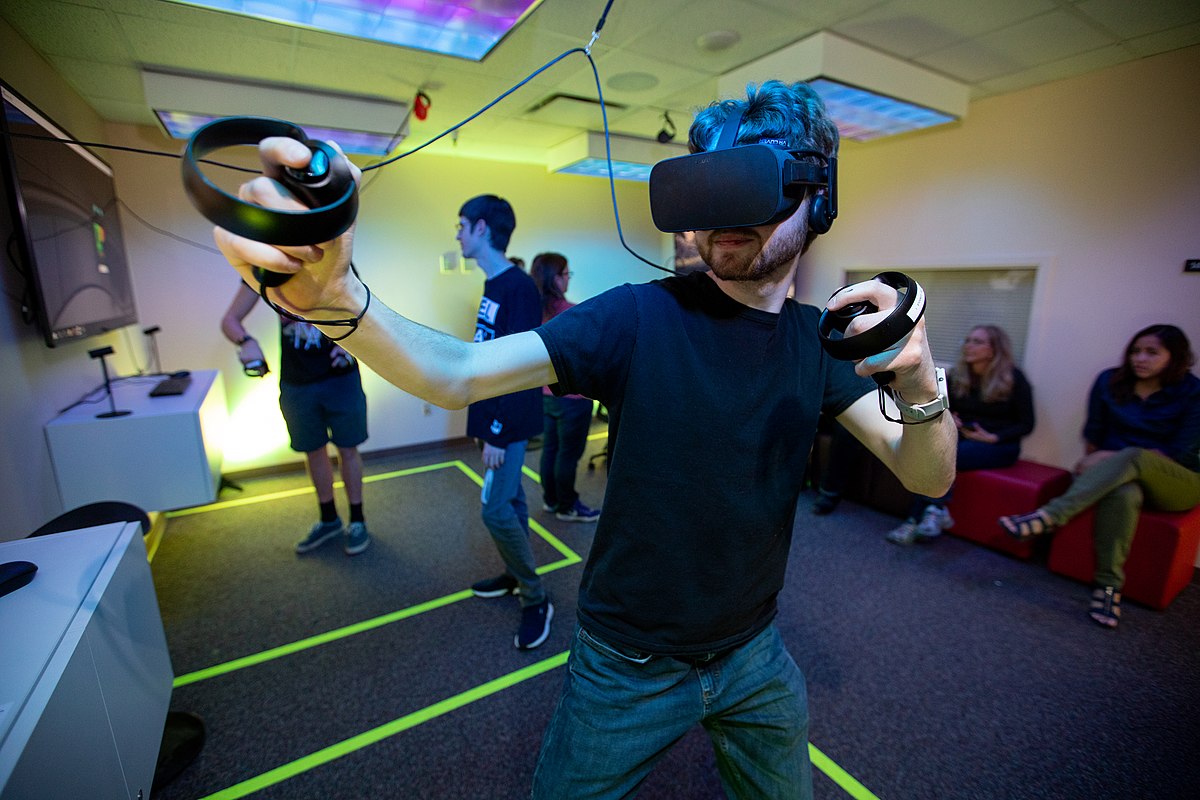
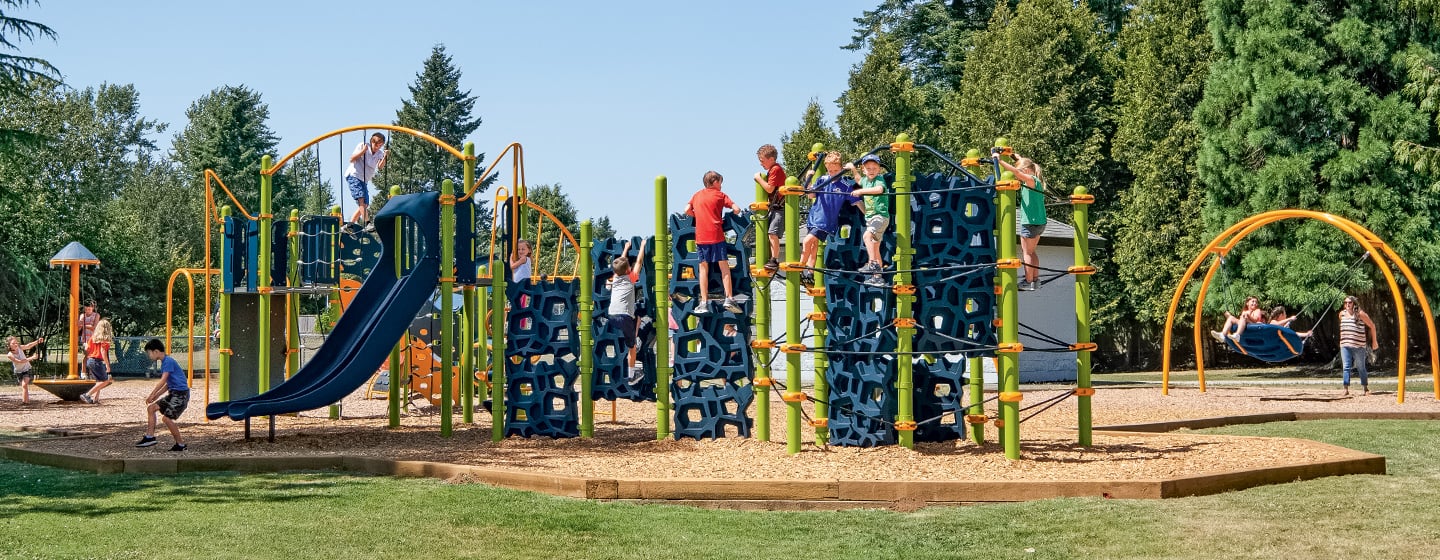
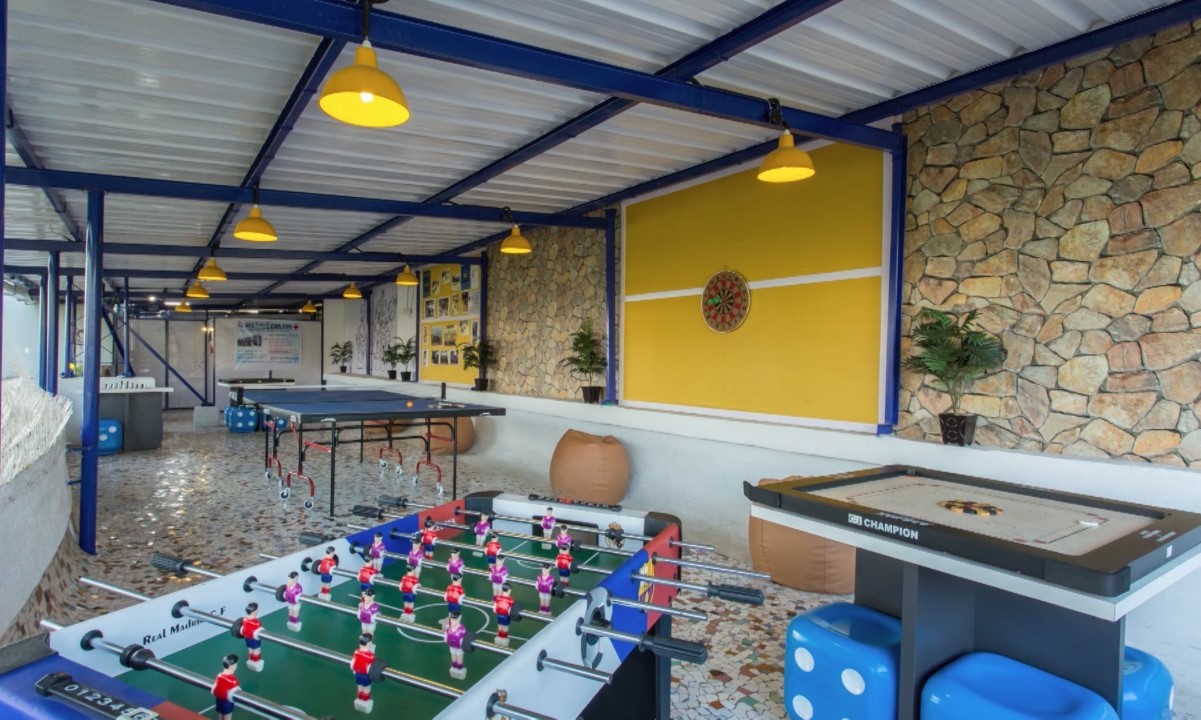
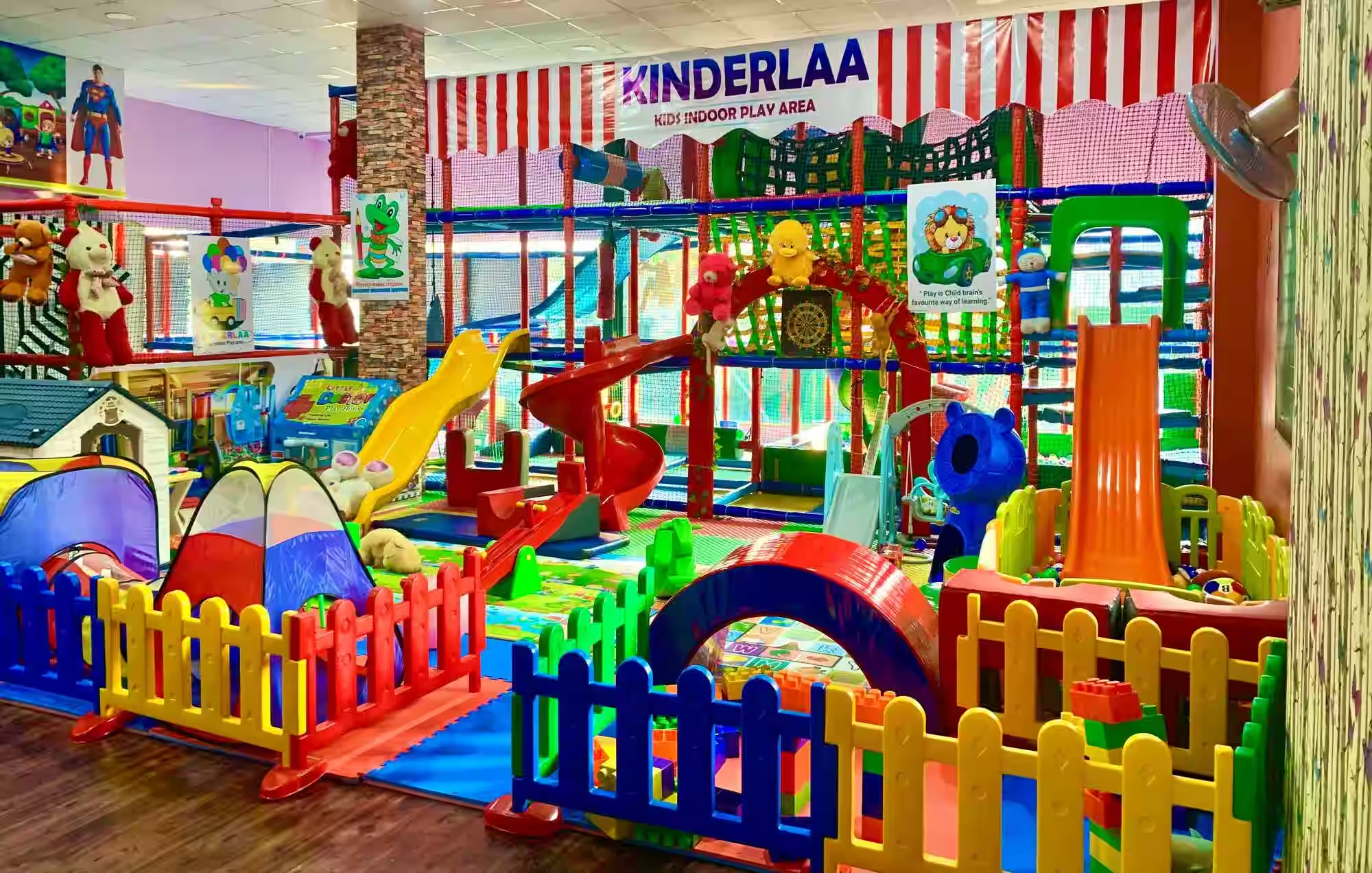
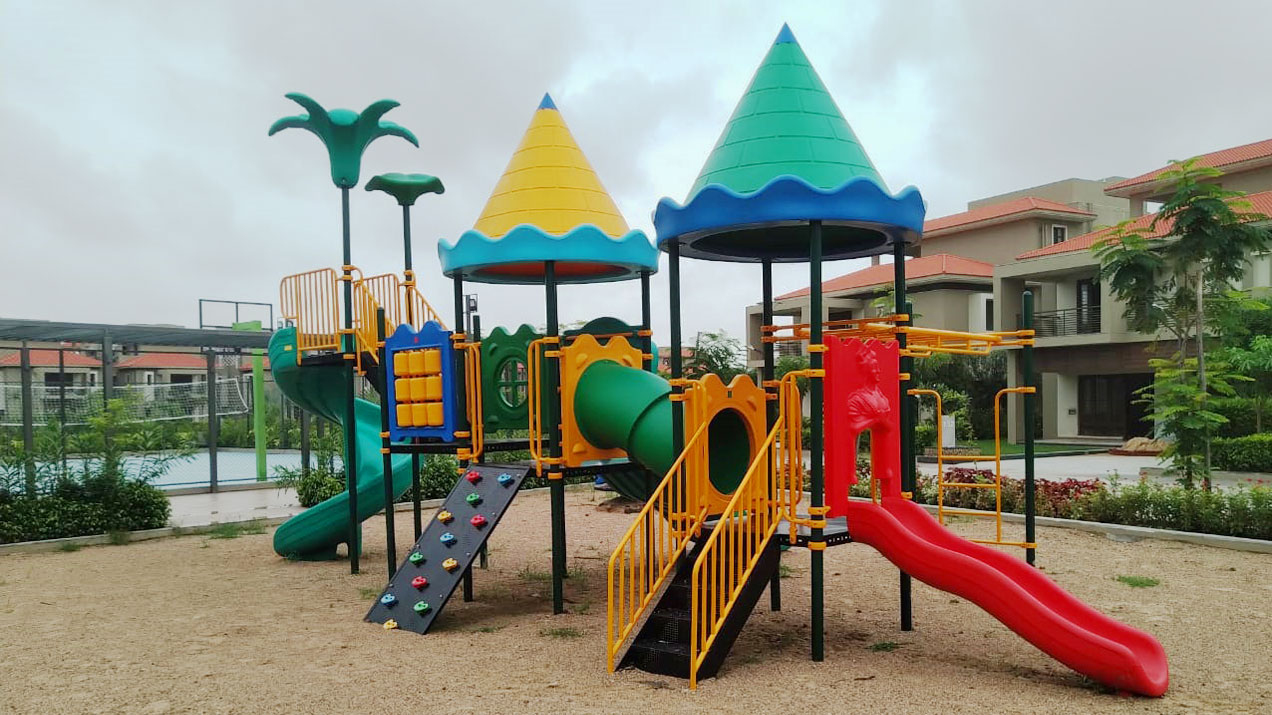
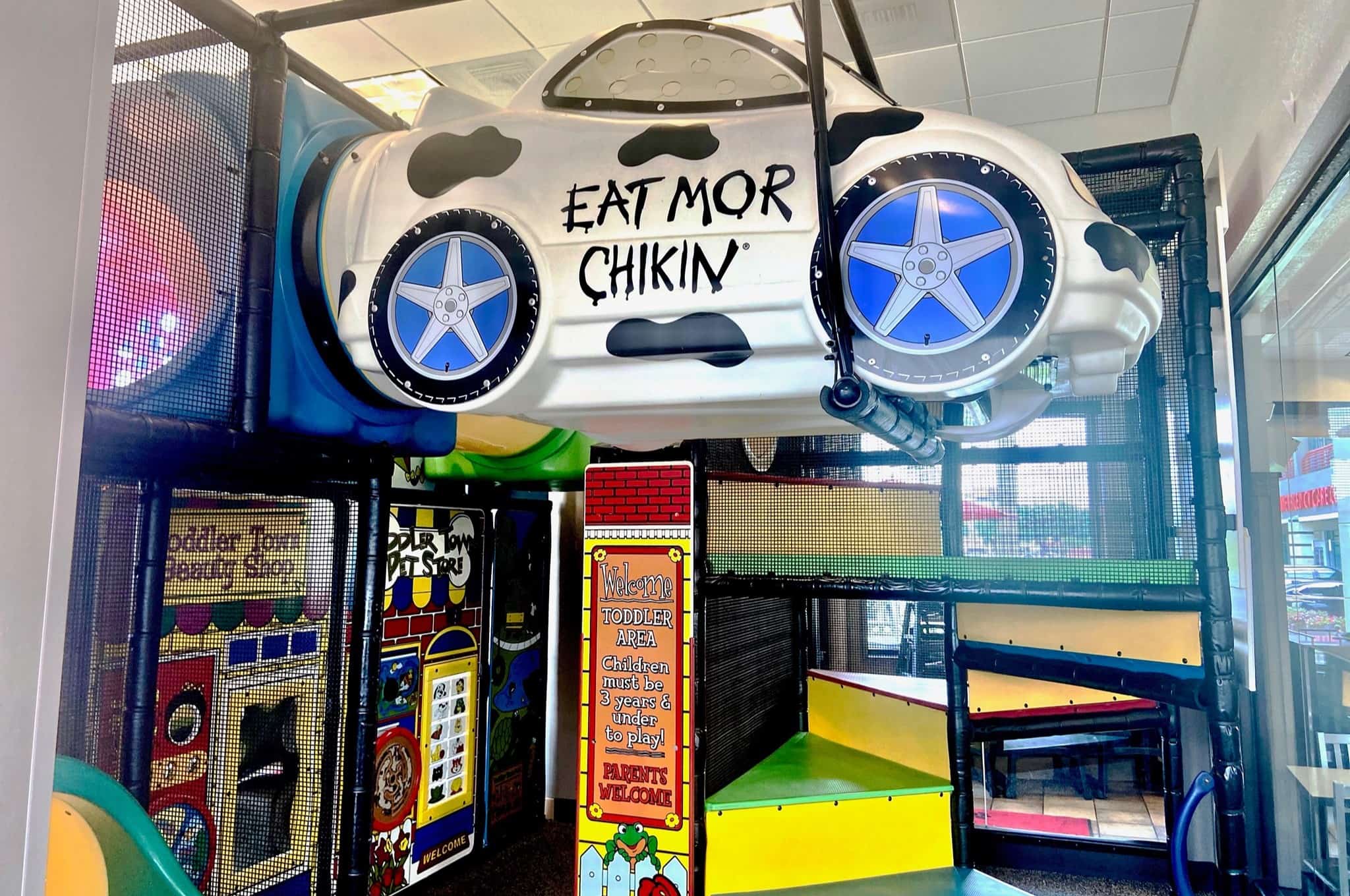


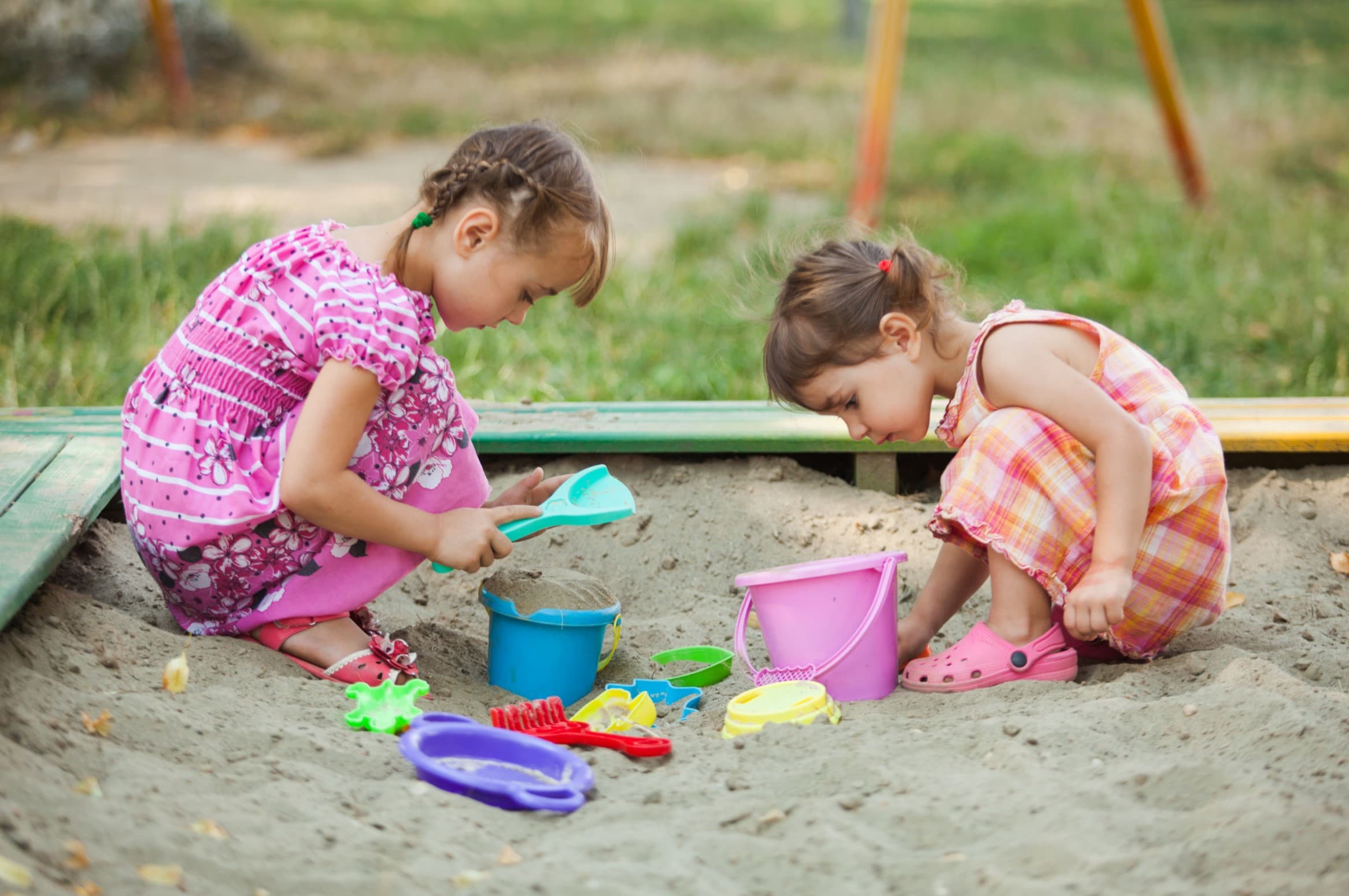
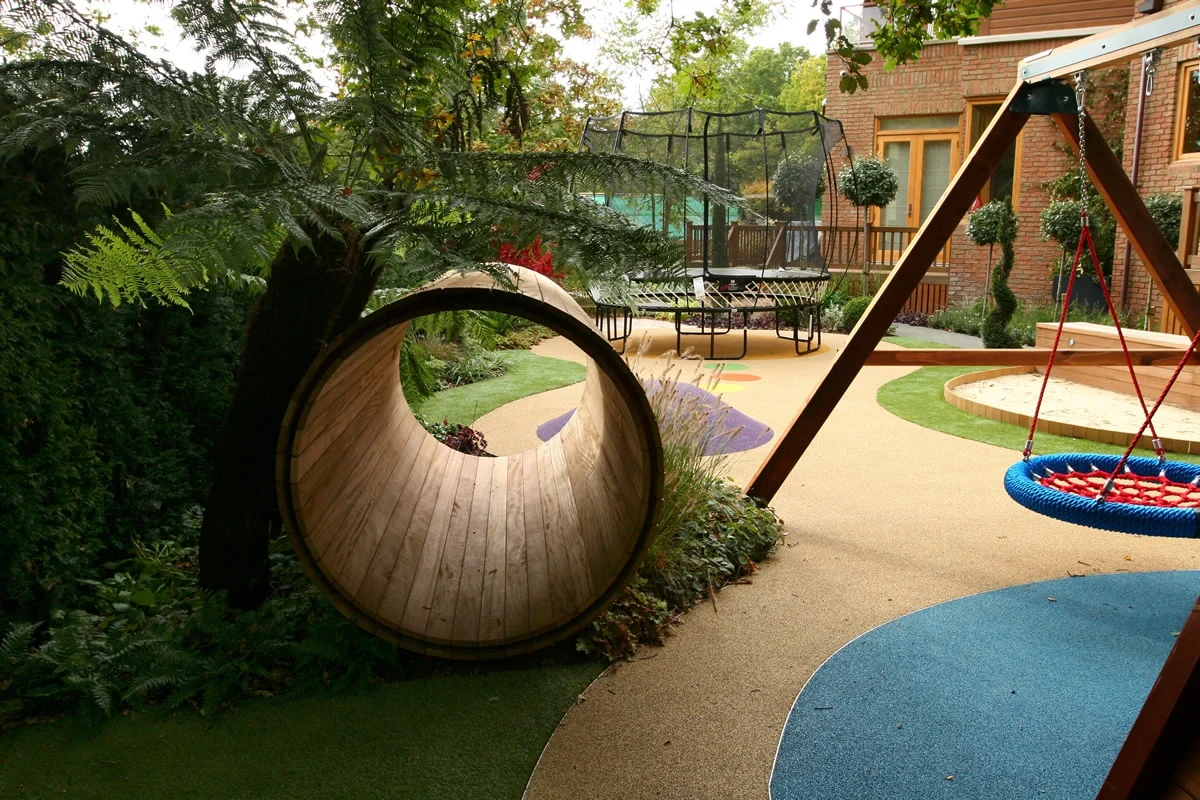
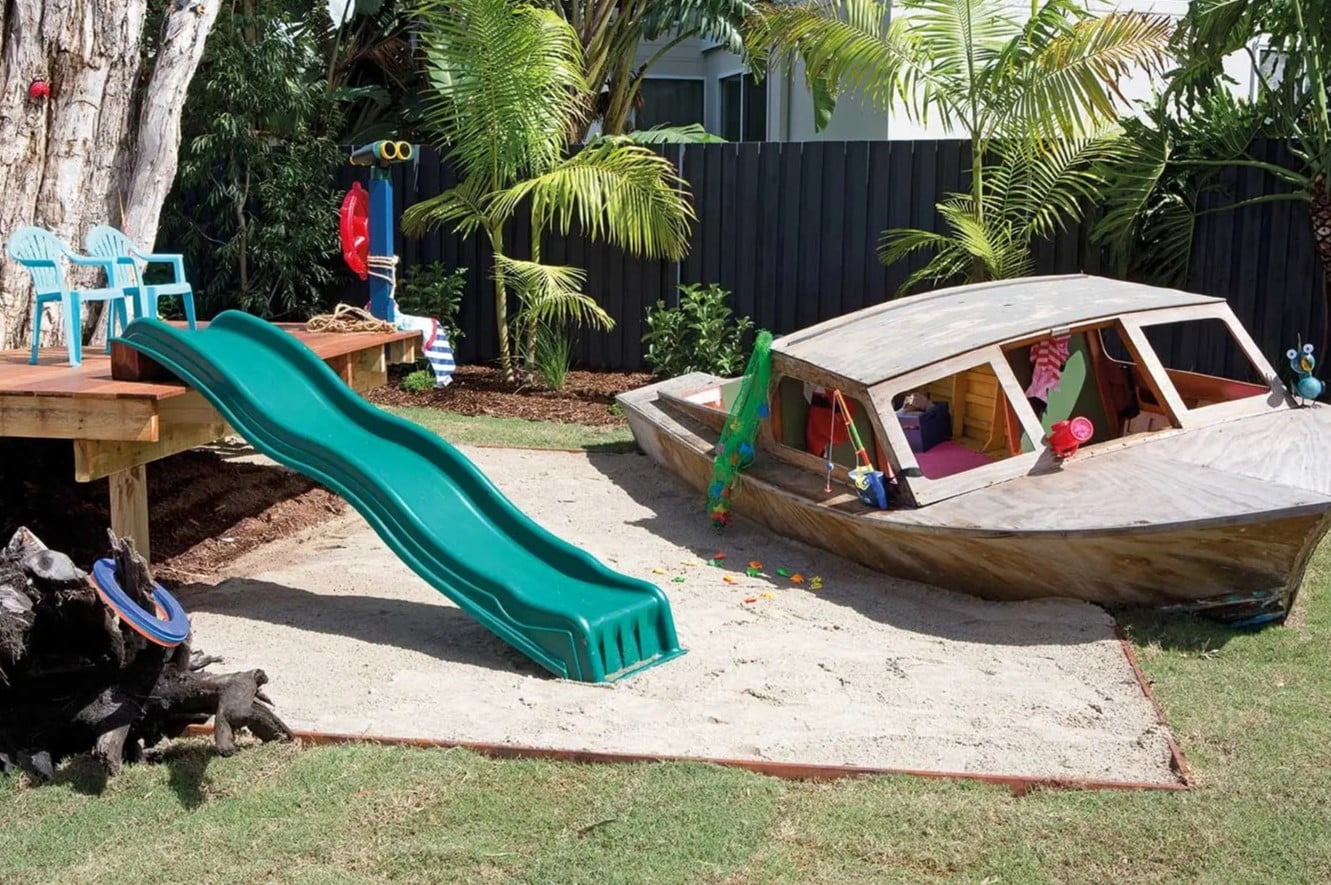
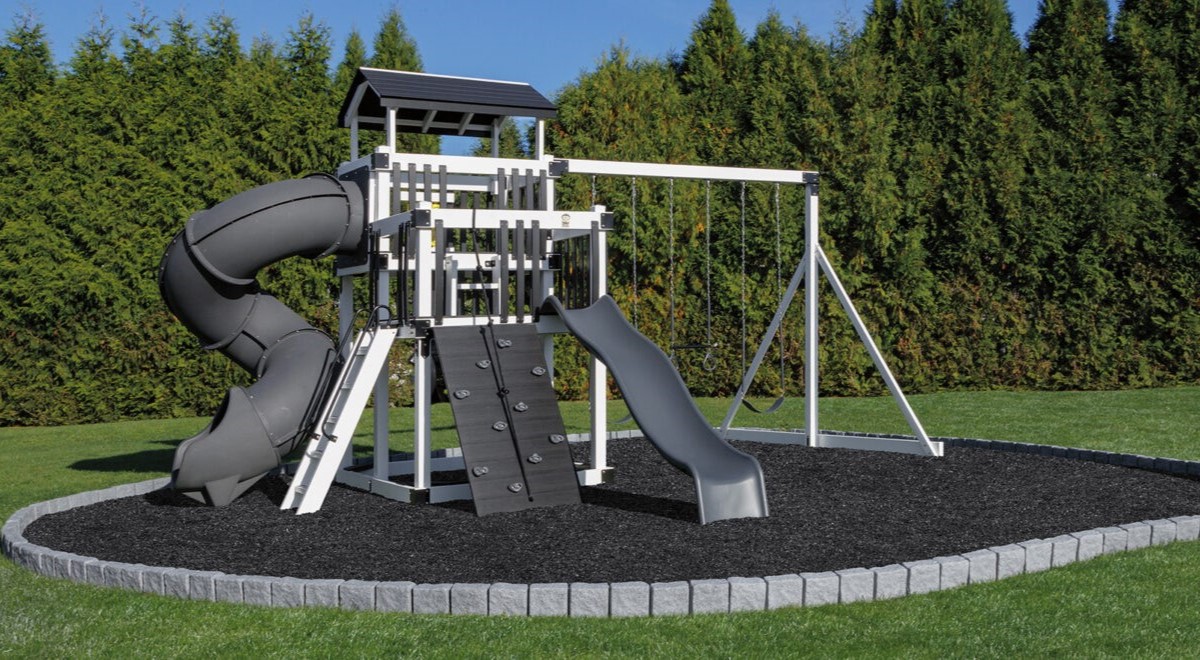

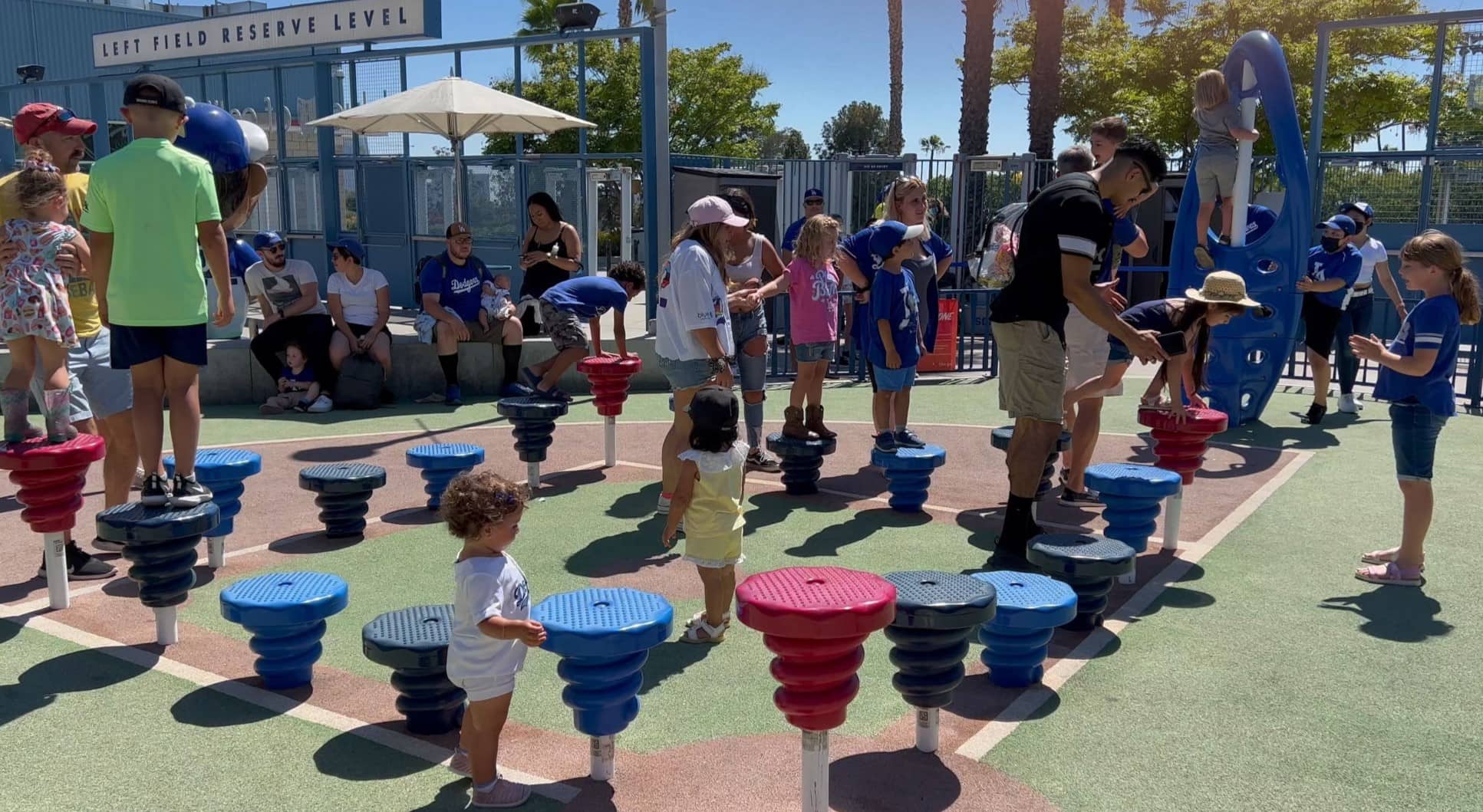

0 thoughts on “What Should Be Done For Lighting In A Play Area”